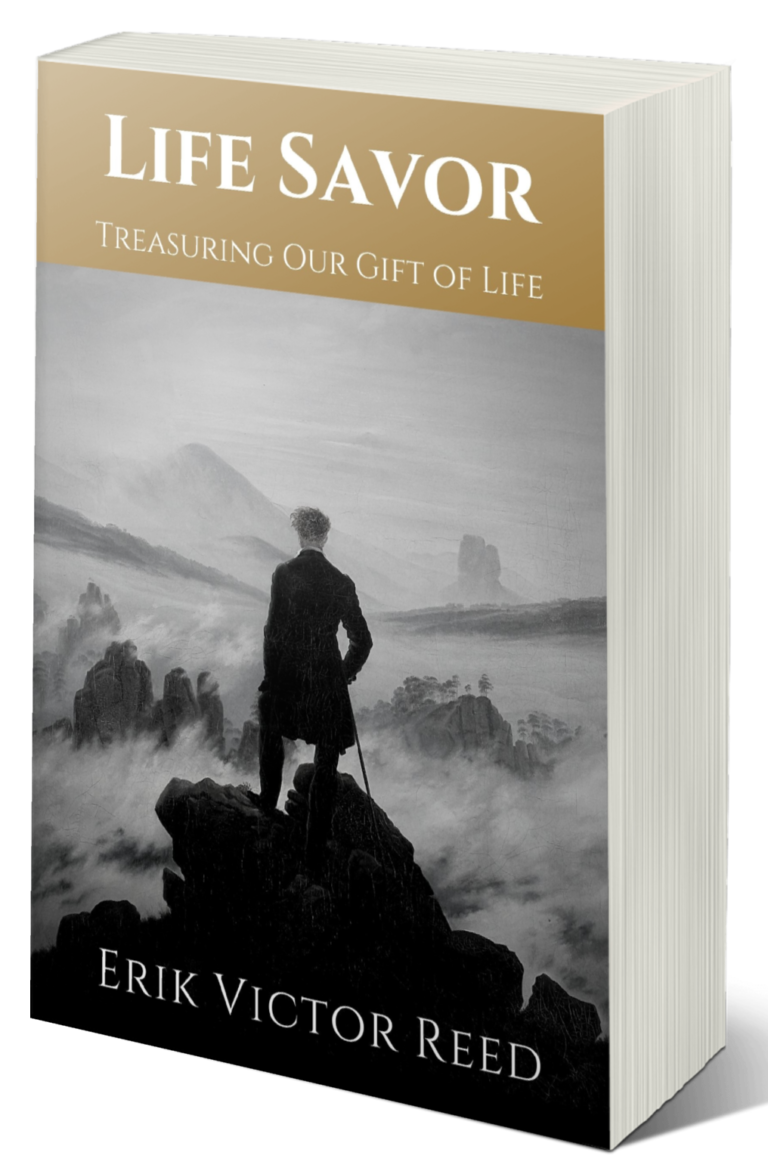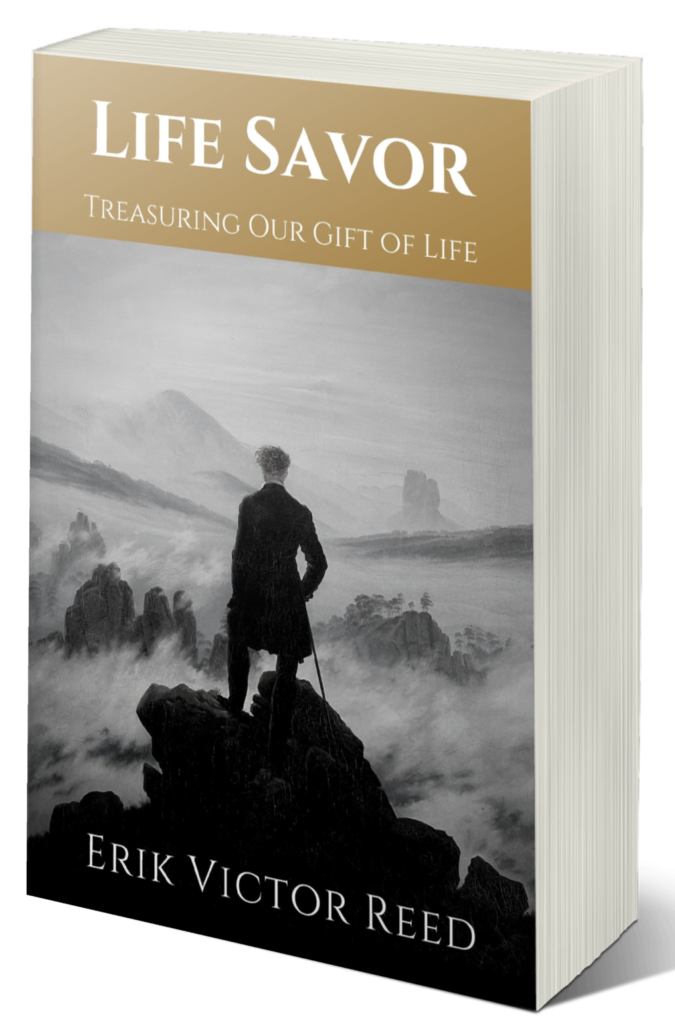Aesthetic Experience as Purpose
Beyond Survival
To exist is not merely to breathe, work, and endure. A life that only survives is a life unfinished. We long for more than subsistence. We long for beauty, for resonance, for meaning.
This longing is not frivolous. It is the point. Our capacity to experience life as art — to treat existence itself as an aesthetic experience — is what makes human life radiant.
Even a constant state of “happiness” is not enough. What we seek is something deeper: fulfillment, beauty, purpose, the sense that our short time alive carries significance.
Life as Canvas
Think of your life as a canvas. Every choice is a brushstroke. Some are bold, some tentative, some bright, some dark. Alone, they might seem insignificant. Together, they form a picture — the only picture of its kind that will ever exist. Your life.
The goal is not perfection. The goal is richness. Texture. A life that bears the stamp of having been lived.
This is the aesthetic dimension: to treat our days as art rather than as errands. To let life be more than ledger sheets of productivity or efficiency. To let it sing, when possible.
The Role of Sentiment
Sentiment is central to this. To feel deeply — sorrow, joy, awe, longing — is to bring color to the canvas.
Without sentiment, life flattens into gray. With it, every shade emerges. Marcel Proust saw it clearly: “The real voyage of discovery consists not in seeking new landscapes, but in having new eyes.”
Aesthetic experience is not about external novelty alone. It is about inner resonance — seeing with new eyes, feeling with renewed heart.
At a Park
Picture someone sitting on a park bench. A breeze moves through the trees, children laugh in the distance, a dog runs after a ball.
There is nothing extraordinary here. And yet, if they let themselves notice — really notice — it becomes luminous. The ordinariness itself becomes extraordinary.
That moment is not survival. That moment is art. If we notice it.
Mortality and Purpose
Why does aesthetic experience matter so much? Because mortality is real. If we only survive our days, they are gone, lost, indistinguishable.
But if we savor them, they are redeemed. Even fleeting beauty becomes eternal in the memory of one who lived it.
Voices of Reminder
John Green once wrote: “The marks humans leave are too often scars.” But aesthetic experience invites us to leave different marks: songs, kindnesses, creations, beauty noticed and passed on.
Beau Taplin reminded us: “Softness is not weakness. It takes courage to stay delicate in a world this cruel.” To embrace beauty, to stay open to awe, is courage of the highest order. It is one of the virtues.
These voices converge on a single truth: to treat life as art is not escape. It is engagement at its deepest.
Practical Reflections
- Pause for beauty. Notice small, ordinary wonders. Treat them as brushstrokes on your life’s canvas.
- Create. Write, paint, garden, cook, sing. Creation is aesthetic experience turned outward.
- Let sentiment guide. If something moves you, it matters. Let that mattering direct your choices.
- Resist reduction. Don’t reduce life to productivity alone. Let it be art as well.
Closing Thought
The purpose of life is not simply to endure until we die. It is to savor, to feel, to make of our brief existence something beautiful and meaningful—to us, if to no one else.
To live aesthetically is not to deny suffering. It is to redeem it, to weave it into a larger pattern of beauty and meaning.
Life is a once-in-eternity opportunity. Let us live it as art. Let us paint, sing, savor, and feel. Let us treat every moment as a brushstroke of wonder.
Because in the end, what will matter is not how efficiently we lived, but how beautifully.
For more like this, visit the broader project at life-savor.com, or explore the Life Savor book itself.
To learn more about Life Savor’s philosophy,
read Life Savor: Treasuring Our Gift of Life by Erik Victor Reed.








